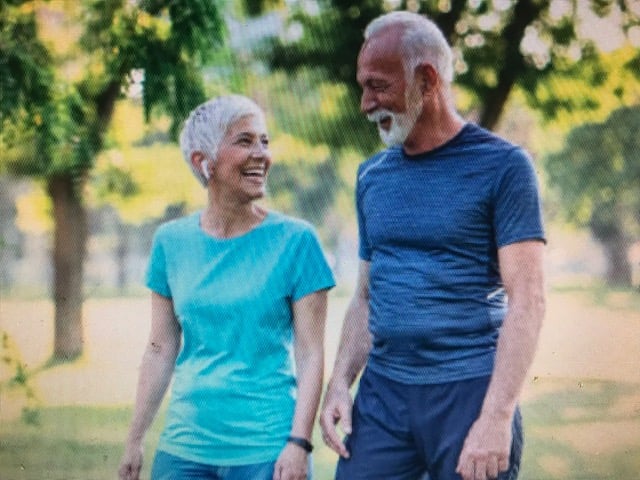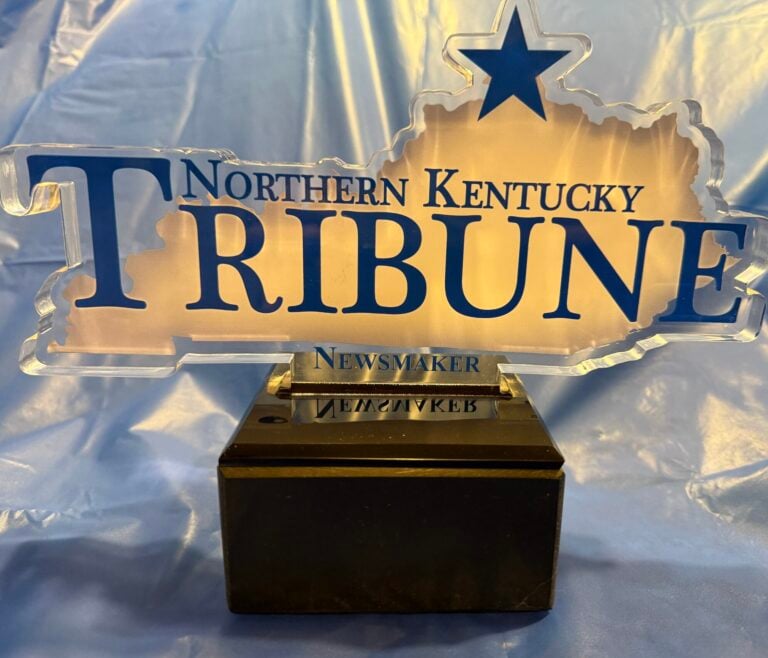“It was as if my IQ had dropped. Some people suggested that I should retire.”
As Peggy Pittman-Munke described reactions she encountered when she began to use a cane for safe mobility, her voice was steady and her message clear.
“People with disabilities do just fine,” she asserted.
Heads nodded in agreement, and the microphone was passed to another participant in last week’s panel discussion organized by Murray’s Center for Accessible Living. Much of the talk centered around public perceptions of disability and the need for community education, in spite of 26 years of the Americans With Disabilities Act (ADA).
When President George H.W. Bush signed the ADA into law on July 26, 1990, he explained that discrimination against individuals with disabilities in all areas of public life was illegal. But even though jobs, schools, transportation, and all public and private places that are open to the general public were included in the legislation, ADA violations still exist.
Besides physical barriers – uneven sidewalks, doors too heavy to open without assistance, insurmountable stairs for people with physical disabilities – unspoken stereotypes and negative attitudes thwart accessibility and inclusion.
One discussion participant, a young woman with bi-polar disorder, talked about the difference between disabilities that are observable and those that are not. In her case, being labeled with mental illness affects the likelihood of getting a job. Another person, whose epilepsy is controlled through medication, talked about the fears of co-workers and managers who do not understand how to deal with seizures and are fearful because of their lack of knowledge.
Regardless of the disability – visible or not – the need for more public forums and honest discussions of the issues was obvious to the group. The candor of children and their curiosity was deemed to be more welcome than adults who harbor stereotypes and are complicit in their silence.
In other cases, people with permits that allow them to park in otherwise-restricted spaces are sometimes confronted by irate citizens who assume that – if a disability is not obvious to them – the person is somehow cheating.
Carrissa Johnson, Independent Living Specialist with the Center for Accessible Living, explained that disability is only one aspect of her life. “For me the challenge is the way other people view me,” she said.
Michael Moore talked about being confronted with different circumstances in dealing with the effects of late-onset Pompe Disease. He described waking up every day with mind-numbing pain and praying for help to arrive. For him, disability is a series of daily challenges that is seldom handled honestly in the media.
He mentioned a movie about a young woman disabled in an accident, in which the plot revolved around whether or not she got a boyfriend.
“That’s a movie,” Moore scoffed, a hint of irony in his tone. He went on to say that films could be more useful if they shattered some of the stereotypes commonly associated with people with disabilities.
John Eads, independent living advocate, emphasized the use of appropriate language in talking about disabilities.
“We put people first,” he said, explaining that it is better to say “a person with a disability” rather than a disabled person. Terminology can be hurtful and insensitive, and one of the roles of the Center for Accessible Living is to foster use of courteous language.
A brochure produced by the Center for Accessible Living provides other suggestions that enhance communication on the subject. Use of the word “normal” when referring to persons who are not disabled, for instance, suggests that those with disabilities are somehow abnormal, an insensitive and inaccurate perception.
More forums like this one are in the planning stages, but one suggestion that emerged from the discussion was to get the Human Rights Commission to act as a conduit and help to right any ADA wrongs in the community.
“It is a matter of pride for our city,” concluded Dr. Kala Chakradhar, Associate Professor of Education and Human Services at MSU.
For more information about provisions of the ADA, go to https://adata.org/learn-about-ada. Murray’s Center for Accessible Living is located at 1051 N. 16th Street, Suite C. The website is www.calky.org.
Constance Alexander is a columnist, award-winning poet and playwright, and President of INTEXCommuications in Murray, Ky. She can be reached at constancealexander@twc.com. Or visit her website.






















